Today we have a very special travel reporter report for you. This time, Käthe takes you to the South Pacific, to the island nation of Tonga. It’s best if you google “Tonga” first and see where exactly these 170 islands are located. From Berlin, it’s a whopping 16,331 kilometers as the crow flies to this exotic destination. That’s crazy, isn’t it? Käthe reports on her unique encounter with the giants of the oceans on the other side of the world and tells us and you what else you should know for a trip to Tonga. Enjoy reading, wanderlust, and imitate it.
- Who or what is Tonga?
- Dream fulfilled in the kingdom
- Best time to travel to Tonga
- Arrival by plane
- Booking accommodation
- Food in Tonga
- Travel duration for the island nation
- Whale Swim agencies in Tonga
- Itinerary of the whale tour
- Our costs for Tonga
- Conclusion on Tonga
Who or what is Tonga?
“Where are we going this time?” Our answer: “To the Kingdom of Tonga.” “Who or what is Tonga? Where is that? You’re crazy!” That was every reaction to our next travel destination without exception. Tonga is a Polynesian island nation in the South Pacific, consisting of approximately 170 islands. Most of them are uninhabited. They are located about a two-hour flight north of New Zealand, near the Fiji Islands, which many people should be more familiar with. The capital and largest city is Nuku’alofa on the main island of Tongatapu.
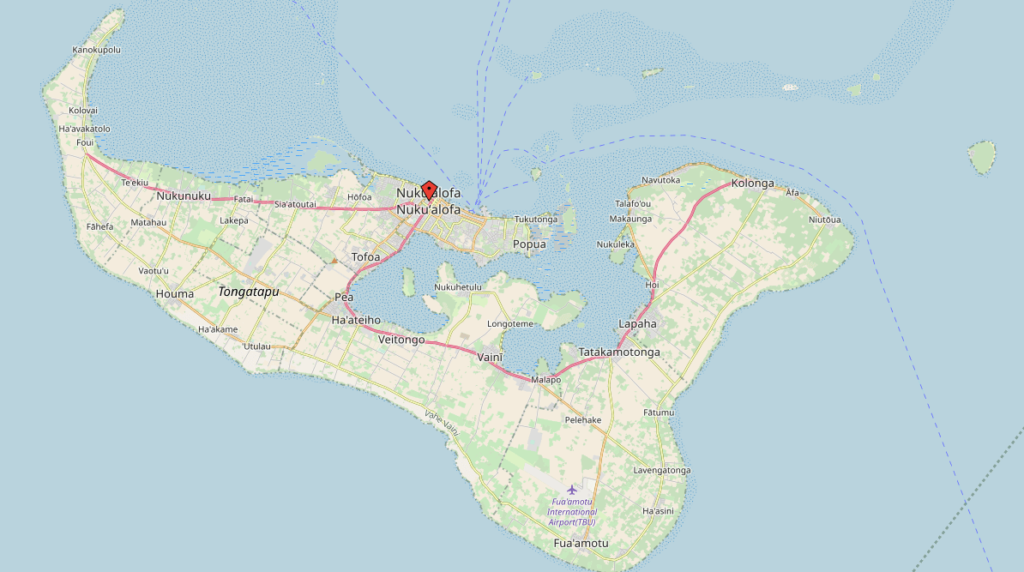
So why go to Tonga, apart from the dreamy white beaches like those you see in Raffaello advertisements? Tonga is one of the few and best places in the world where you have the opportunity to swim with humpback whales. On their annual migration from the Antarctic, the whales give birth to their young here from July to October in the warm, safe waters and meet to breed.
Dream Fulfilled in the Kingdom
For many years, I’ve been fascinated by these gigantic sea creatures. I follow numerous underwater photographers on Instagram and have always been enchanted by their shots taken around the islands of Tonga. But Tonga is far, far away and certainly incredibly expensive, and somehow I never dreamed of traveling there myself. But my long-held dream was finally about to come true…
After we landed on the Hawaiian island of Maui in March of this year, not entirely by chance, during prime time of whale season, I was hooked. For the first time in my life, I saw whales. What was originally planned as a one-time whale-watching trip turned into a longer journey on board. We were incredibly fascinated to experience the giant marine mammals so closely. I wanted more. I wanted them in their entirety, in their element, in their perfect, magical beauty. YOU HAVE TO GO TO TONGA. There was no way around it. So I started researching…
Best time to travel to Tonga
The whales travel from July to October from the polar regions to the waters of the South Pacific. How fitting that we had a full four weeks of vacation in October/November. However, since my last trips included a lot of dream beaches, I didn’t feel like spending the entire time on the South Sea islands. So what could be more obvious? Oh, New Zealand! Have you always wanted to go there? And just like that… the idea for our combination trip of Tonga & New Zealand was born. Otherwise, there are enough islands to spend an entire trip there. For example, Fiji, French Polynesia, and Samoa.

So I continued checking flight search engines, poring over travel reports and blog posts, searching for accommodations, looking for whale-swimming providers, and diligently calculating everything. In the end, I came to the conclusion that it was entirely doable, and so the decision was made: We’re traveling to Tonga! For the sake of simplicity and due to the limited time due to the New Zealand combination, I chose the main island of Tongatapu. The smaller island of Vava’u is more famous for whale watching.
Arriving by plane
Using Google Flights and Skyscanner, I found suitable flights to Auckland, from where we could easily continue on to Tonga. From here, it’s only a 2-hour flight to the whale paradise. There aren’t many flights during the day, and there are no flights at all on Sundays. In Tonga, Sunday is a day when nothing is done, not even laundry. There are also no whale-swimming tours on the island on this day. This is important when planning. We paid around €300 per person for the round-trip flight from Auckland.


Book accommodation
There are a few hotels on Tongatapu. However, I’m more of an Airbnb* fan. So, I looked for nice accommodations with locals. I find this a more authentic experience than staying in a hotel. You can often get great tips and direct information from locals. You can expect to pay around €50 per night for two people. There are, of course, also luxurious resorts on the small surrounding islands. So, there’s something for every taste in Tonga.
Food in Tonga
The supermarkets in Tonga are fairly cheap, but not particularly well-stocked. We were self-catering and cooked ourselves something in the evening at our accommodation. It wasn’t easy to find what we were looking for in the supermarket. There are some very cheap takeaways on the island, as well as many restaurants and bars where the prices were very reasonable. You can’t pay with credit cards everywhere, so you should always have some change in your pocket. In Tonga, you pay with the Pa’anga or Tonga Dollar (TOP). 1 euro currently gives you around 2.55 TOP.
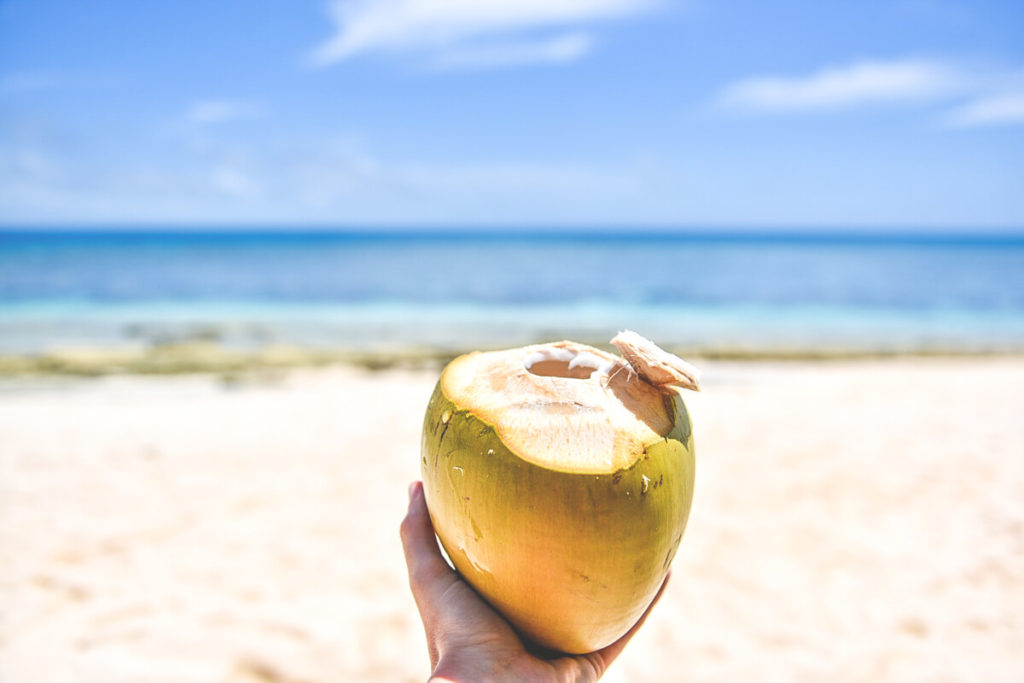
Travel duration for the island state
We spent 4 full days in Tonga, 3 of which were dedicated to the whales. Ideally, you should always have a small buffer, as tours can sometimes be canceled due to weather. However, we always travel quite tightly because we work full-time and therefore only have travel windows of 3 to 4 weeks available. If, like me, you are truly interested in whales and want to have some amazing encounters, you should book at least 3 days.
After all, you are in the wild. If the whales aren’t in the mood, they’re not in the mood. If you don’t find any, then you won’t find any. Often you’ll see them, but there won’t be a chance to swim with them because they might move by too quickly. Sometimes the sea is too rough or visibility too poor. So the more days you have, the better your chances of a unique encounter. For us, the 4 days were perfect.
Whale Swim Agencies in Tonga
There are a handful of operators on the island that offer swimming with whales. There’s not much more you can do on Tongatapu than explore the water and its inhabitants by boat. The island itself didn’t seem particularly interesting to us. We traveled with Tunamoana, an eco-friendly company run by locals that places great value on sustainability. They even forgo single-use plastic on board. We were completely satisfied with this operator and can recommend it with a clear conscience.

The costs are pretty much the same across all agencies. Many offer discounts if you book multiple day tours. Excursions start around 8 a.m., and we were usually back at the port around 4 p.m. Transportation to the port, drinks, and lunch (consisting of delicious sandwiches, fruit, and lemon cake) are included. Cost per tour: 250 USD, depending on the exchange rate, around 230 € per person per day. We booked a 3-day package and paid 700 USD per person. It is recommended to book several months in advance, which is what I did.
Whale Tour Itinerary
So, how does a day with the whales go? We were picked up from our accommodation around 8 a.m. and taken to the harbor. I was incredibly excited; after all, today was the day a lifelong dream would come true. On the way to the boat, the driver said the following beautiful sentence, which almost made me cry, I was so excited.
Start of the Tour & Introduction of the Crew
Once we arrived at the boat, we were introduced to the crew. On this day, the crew consisted of a skipper who steered the boat, a swimmer who spots the whales and goes into the water with us, and a naturalist who provides information about the whales and answers any questions. The whale swimmer group consists of 4 to 6 people. For safety reasons, only 4 people plus the guide are allowed in the water with the whales at a time.

Into the water to see the whales
Now we went out to sea and everyone kept an eye out for whales. You can recognize them from afar by the so-called “blow” that occurs when they surface to breathe. Sometimes they wave their pectoral fin, or you can see their tail fin before they dive back down into the depths. For communication purposes, or simply for fun, they sometimes jump out of the water with their entire body and make an impressive splash back into the water. This “breach” is the highlight of any whale-watching trip. It always took a long time before we encountered whales and the sea conditions allowed us to enter the water.
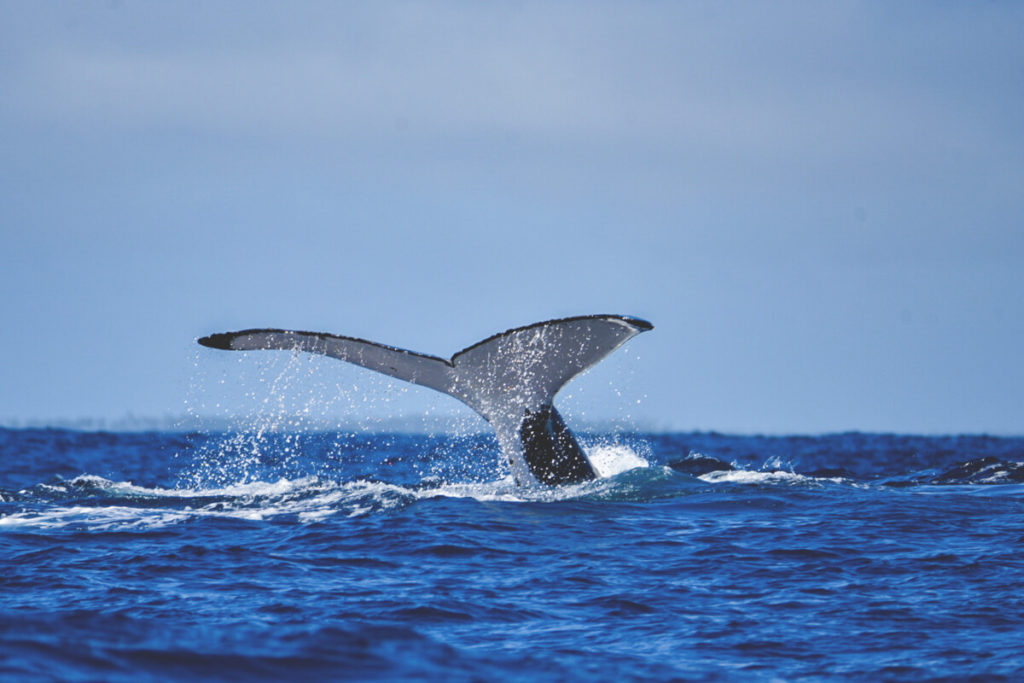
On the first day, we “only” encountered passing bulls looking for mating whale cows. The whales, there were about six of them, moved very quickly, and we could only see them from a distance and for a brief moment in the water. It was a tremendous feeling to be in the water with these giants. I’ve never swum so fast before, and I never felt afraid or uncomfortable. If you listen closely, you can even hear the whale song. This was even more audible later on the GoPro videos.
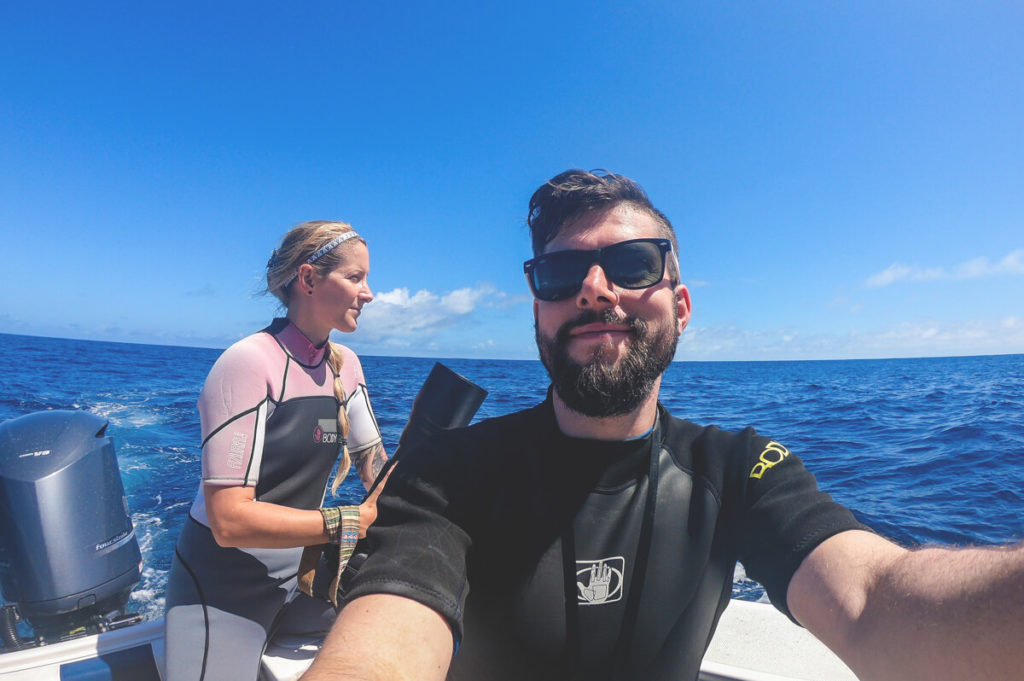
Interesting facts about humpback whales
We spent our lunch break on one of the small, deserted, palm-covered dream islands with powdery sand. Our guide even climbed the trees and prepared fresh coconuts for us to drink. Simply wonderful! And while we’re on the subject of breaks, I’ll tell you a few more facts about the whales. Humpback whales live in the polar regions (Arctic and Antarctic) and each year embark on a long journey to warm tropical waters to reproduce. Every two to three years, a female whale gives birth after a 12-month gestation period. A calf is already four meters long and weighs one ton at birth.
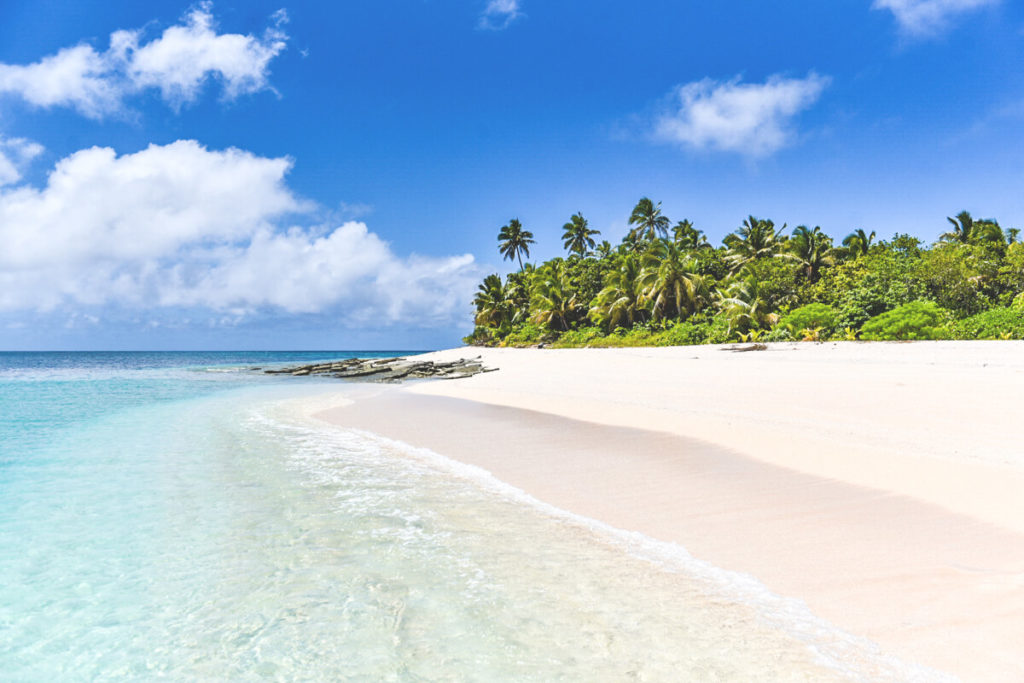
An adult humpback whale can grow to up to 16 meters long and weigh an incredible 30 to 40 tons. Humpback whales feed exclusively on plankton and small fish. They have to consume quite a lot of food every day to maintain their energy levels. Whales communicate through whale song, which sounds truly beautiful. Interestingly, this whale song varies from area to area. According to current findings, global whale populations have been recovering very well since the international whaling ban; only a few countries still practice whaling: Japan, Norway, and Iceland. These giants of the sea live up to 50 years and can dive to depths of up to 200 meters.
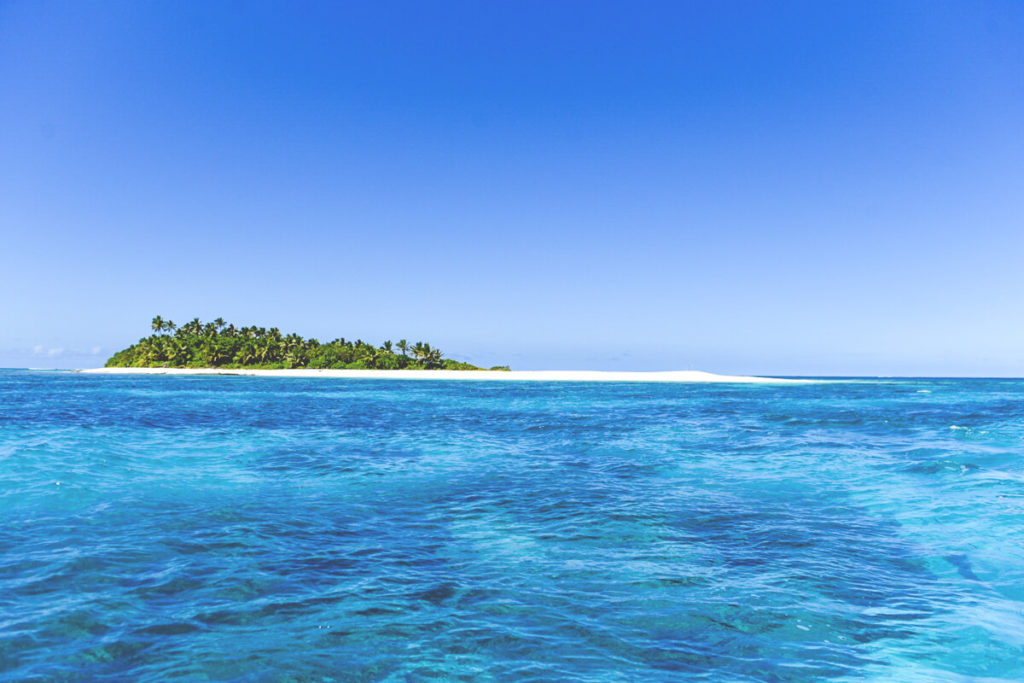
Mother with baby, right below us!
On day 2, luck should be on our side. We found a whale cow and calf and followed them for a while. Our guide swam ahead and eventually spotted the two sleeping in the depths. We swam slowly over and were able to observe them quietly about 10 meters below us. The calf was estimated to be 2 months old. At this age, it was already 4 meters long and weighed around a ton.
At this age, they are not yet able to buoy themselves in the water. Therefore, the mother holds them protectively under her flipper, as otherwise they would repeatedly float upwards like a buoy. While an adult whale can easily stay underwater for 15-20 minutes, the calf has to surface every 5 minutes to breathe. So we floated above the two of them, a moment of peace and intimacy.

A Magical Moment
Suddenly, the calf surfaced, directly toward us. It became increasingly clear and swam to the surface in front of us. I was actually able to look it straight in the eye, and the driver was right. It was a wonderful moment, to be face-to-face with nature’s greatest wonders. A moment full of deepest respect and admiration. It eyed us curiously, took a breath, and disappeared again under its mother’s flipper.
We continued to watch the two, and after a few minutes, they surfaced together. Two shadows emerged from the dark blue depths. Completely unfazed, devoid of mistrust or fear, the mother and her charge swam past us. Once again, they both looked us straight in the eyes. An absolutely captivating moment.
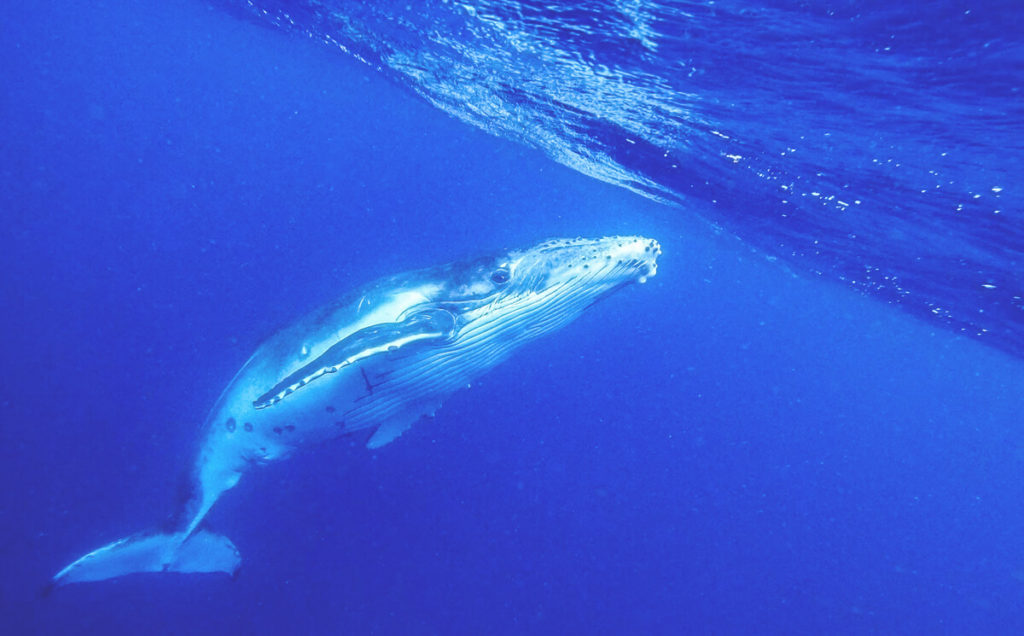
It’s indescribable to encounter such a large creature in an element unfamiliar to humans: water. In the open ocean, no land in sight, and in front of you, a 16-meter-long, 30,000 kg humpback whale that seems to be welcoming you in a friendly manner. It still leaves me speechless when I think about these experiences.
This mightiness simply cannot be put into words. On the third and final day, we were also fortunate enough to encounter a mother and calf. The calf danced joyfully in the water next to its mother. Since we were already approaching the end of whale season in mid-October, we were the only boat and were able to enjoy plenty of time with the whales.
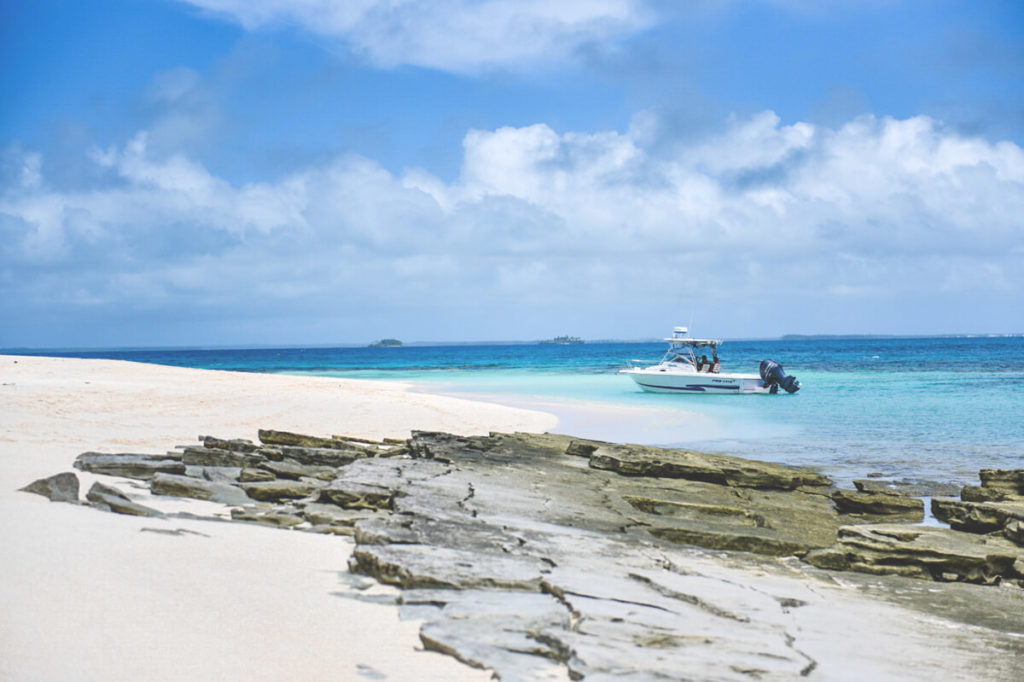
Our costs for Tonga
- Flight per person round trip (from New Zealand): €300
- Flight per person round trip (from Germany): Between €900-1400 depending on offers
- Accommodation: from €50/night/2 people
- Whale swimming: €230 per day/person (cheaper in a package)
- Meals: approx. €10-25 per day/person depending on your wishes
- Transportation from the airport to accommodation: approx. €20 one way
Conclusion on Tonga
This was definitely the most beautiful of all my animal encounters…and there were quite a few. The calm serenity of the whales, the incredibly loving and gentle interaction between mother and calf, the depth of the ocean and the glittering rays of the sun, the respectful welcoming of intruders into their own world. We should all be a little more whale-like!
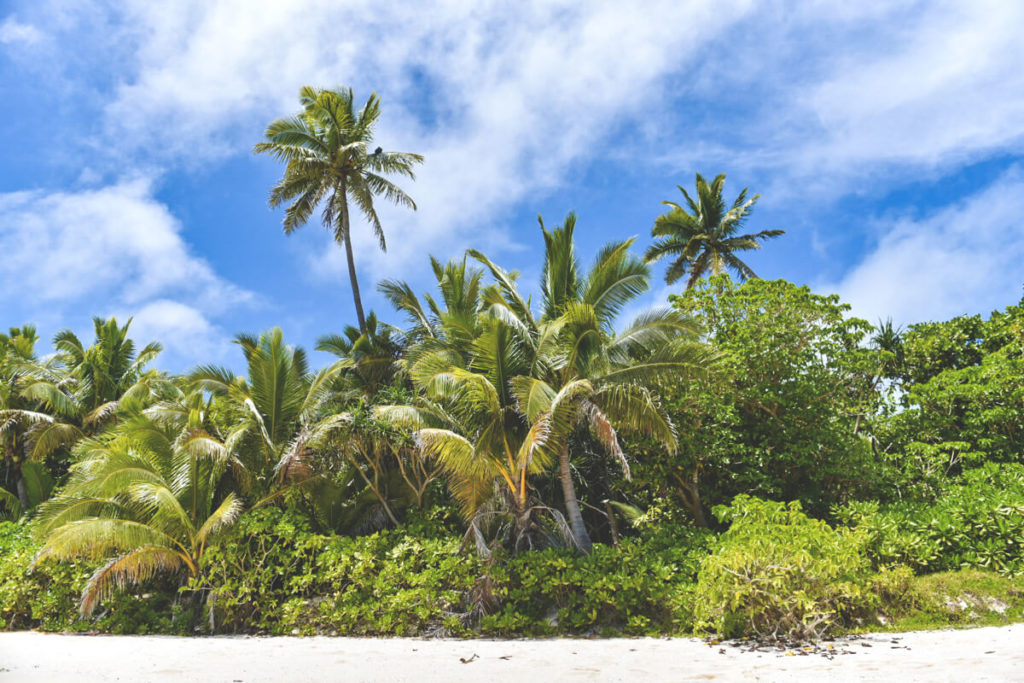
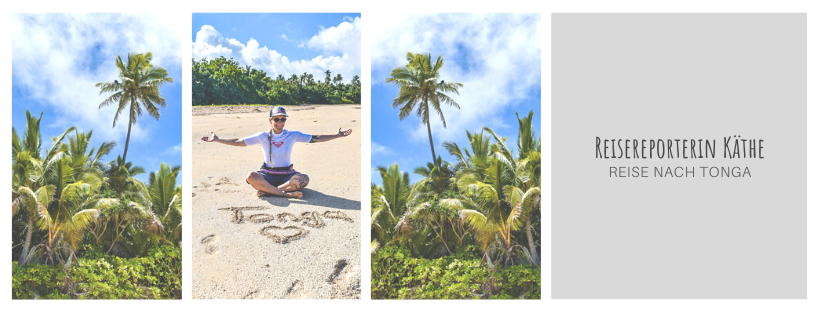
We sincerely hope you enjoyed this travel reporter article. Feel free to check out the other exciting stories under the menu item “Reisereporter.” And of course, we’d also be delighted if you took a look at our articles from other countries.